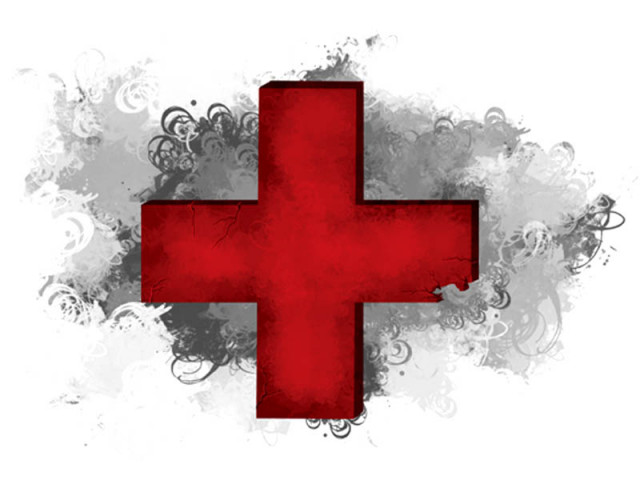Stemming outbreaks: Eighth patient dies of Congo hemorrhagic fever at HMC
The hospital has set up a make-shift isolation ward; two staffers infected by patients.

An eighth person fell victim to Congo hemorrhagic fever at Hayatabad Medical Complex (HMC) on Friday, said officials there. The eight victims, including one hospital staffer and six Afghan nationals, all died over the last three months. A nurse at the hospital was also infected and remains under treatment at the hospital.
Nawab Ali, a 54-year-old from Bannu, was admitted to HMC on Wednesday and was diagnosed with Congo fever. However, Ali did not survive the infectious disease and died on Friday. Ali was the second person from Khyber-Pakhtunkhwa to succumb to the disease, the hospital staffer being the first.
HMC has no separate treatment facility for such infectious diseases or specialists equipped to deal with patients with the virus. In an attempt to keep infected patients away from other in-patients, several private rooms have been marked as an isolation unit for the specific care of those with Congo fever.
Human-to-human transmission
According to the World Health Organization (WHO), catching the Crimean-Congo Haemorrhagic Fever (CCHF) from another human being would require close contact with the infected person’s blood, secretions, organs or other bodily fluids.
It was such contact which also ultimately led to the demise of Abdul Jalil, 46, who worked as a peon at HMC. Earlier in June, an official of the hospital, requesting anonymity, had told The Express Tribune that Jalil contracted CCHF after he administered a cannula to an Afghan patient when trained doctors and nurses were unable to do so.
In a similar fashion, 30-year-old Nurse Riffat also contracted the Congo virus while on-duty in the make-shift isolation unit, possibly without personal protective equipment (goggles, masks, gowns, caps and shoes covers).
At HMC
HMC CEO Dr Mumtaz Marwat lauded the efforts of the hospital staff in their management of CCHF cases despite inadequate resources.
“Private rooms 15 to 19 will be used as the isolation unit and all CCHF cases will be admitted there,” said Marwat. “The mortality rate for Congo virus is high, ranging from 25 to 50%.”
He emphasised that doctors should use complete sets of personal protective equipment. “All such products will be available at the unit and the casualty ward.”
“The availability of a sufficient number of blood and platelet bags has been ensured by the hospital’s blood bank,” he added. Twenty-five to 50 bags of platelets will be available on a daily basis, said Marwat, and a daily inventory report will be communicated to all medical units.
According to Dr Wali Rehman, the focal person for CCHF, protective gear is already stocked in the hospital storage and has been issued, “More will be provided”. Additional gear has been requested from the WHO, he said.
CCHF fatalities
Mir Jan, 26, from Afghanistan was admitted to the hospital on April 22 and died on May 3.
Zarif Khan, a 28-year-old, also from Afghanistan died at HMC on June 5, also of the CCHF. Forty-year-old Meena was admitted on June 12 and died on June 17. Meena was from the neighbouring country.
Abdullah, 30, was admitted on June 22 and passed away on June 25. Fadeedullah, 18, died on July 1 and 18-year-old Rona on July 5. All three were from Afghanistan and died of the Congo virus at HMC.
Published in The Express Tribune, July 12th, 2014.













COMMENTS
Comments are moderated and generally will be posted if they are on-topic and not abusive.
For more information, please see our Comments FAQ